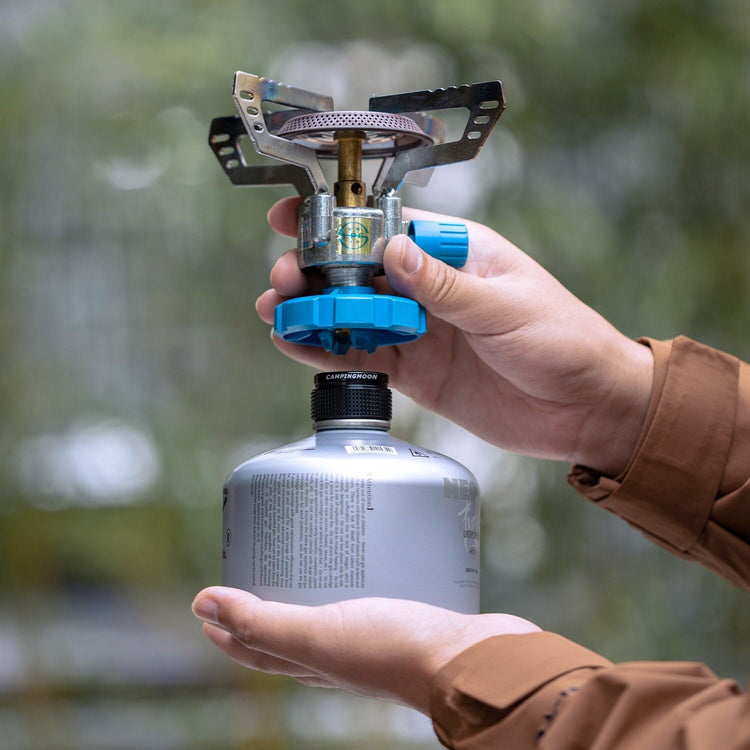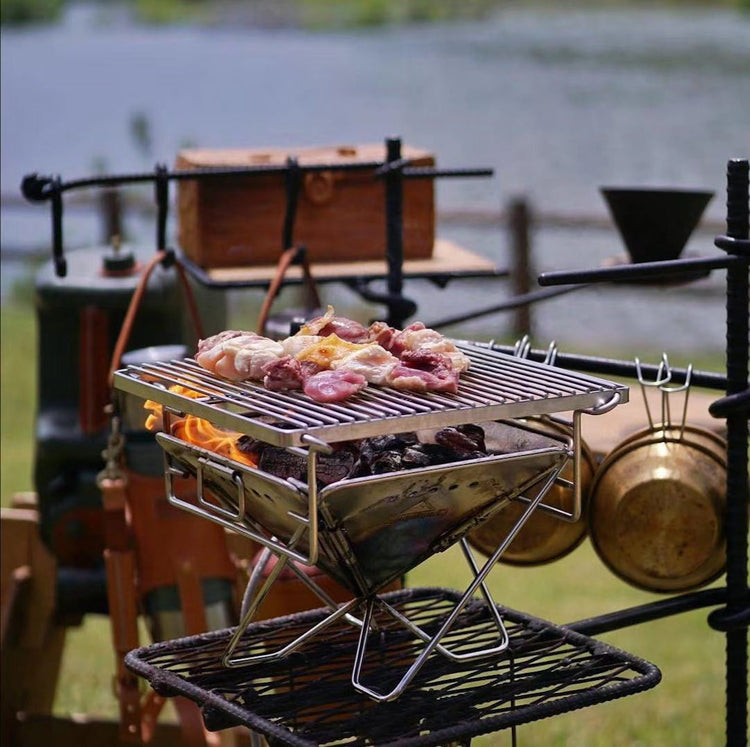Introduction
Cooking outdoors can be challenging, especially in windy conditions. A strong breeze can reduce flame efficiency, increase fuel consumption, and make meal preparation frustrating. To ensure reliable performance, it's crucial to use proper wind protection techniques and gear. In this guide, we’ll explore effective ways to shield your Campingmoon camping stove from the wind and optimize its performance in any weather.
Why Wind Protection Matters
Wind can significantly impact your camping stove’s performance by:
-
Reducing heat efficiency – Wind blows heat away from your cookware, increasing cooking time.
-
Wasting fuel – More gas is consumed as the stove works harder to maintain heat.
-
Extinguishing flames – Sudden gusts can put out the burner, making cooking difficult.
Using the right wind protection strategies will help conserve fuel, maintain steady heat, and improve overall cooking efficiency.
Essential Wind Protection Techniques
1. Use a Campingmoon Windshield
-
A dedicated stove windshield blocks wind from all sides, ensuring stable flames.
-
How to Use: Place the Campingmoon foldable windscreen around your stove, leaving ventilation space to prevent overheating.
2. Choose a Sheltered Cooking Spot
-
Look for natural windbreaks like rocks, trees, or tents.
-
If natural barriers are unavailable, set up a tarp or backpack to shield the stove.
3. Use a Low-Profile Stove
-
Stoves with a lower center of gravity, like the Campingmoon XD-5 or XD-3, are more stable in windy conditions.
-
Why? They reduce exposure to gusts and prevent tipping over.
4. Position the Stove Correctly
-
Place the stove with its back facing the wind to let the windshield or surrounding objects block incoming gusts.
-
Avoid placing the stove on uneven or exposed surfaces.
5. Use a Lid on Cookware
-
Using a lid traps heat, reducing cooking time and fuel consumption.
-
Opt for wind-resistant cookware with heat exchangers to improve efficiency.

6. Invest in a Campingmoon Gas Adapter for Consistent Fuel Flow
-
Wind can cause fluctuations in gas pressure, affecting flame stability.
-
Campingmoon gas adapters ensure smooth fuel delivery by improving compatibility and efficiency.
Advanced Wind Protection Gear
| Gear | Benefit |
|---|---|
| Campingmoon Windshield | Blocks wind and enhances stove efficiency |
| Heat-Resistant Mat | Provides a stable surface and heat insulation |
| Campingmoon Gas Adapter | Improves fuel efficiency and stability |
| Reflective Heat Shield | Directs heat upwards for faster cooking |
Troubleshooting Wind-Related Stove Issues
| Problem | Cause | Solution |
| Weak flame | Wind exposure | Use a windshield or cook in a sheltered spot |
| Uneven heating | Heat blown away | Use cookware with a lid and heat exchangers |
| Flame going out | Sudden gusts | Adjust stove position and use wind-blocking gear |
| Excess fuel consumption | Wind dissipating heat | Optimize wind protection and cook efficiently |
Conclusion
Wind can make outdoor cooking difficult, but with the right Campingmoon wind protection gear and techniques, you can enjoy hassle-free cooking in any conditions. Using windshields, gas adapters, and strategic positioning, you’ll conserve fuel, cook faster, and maintain flame stability.





